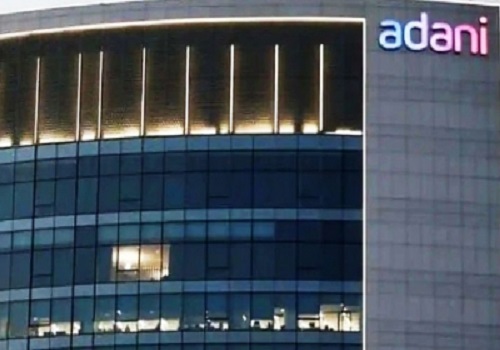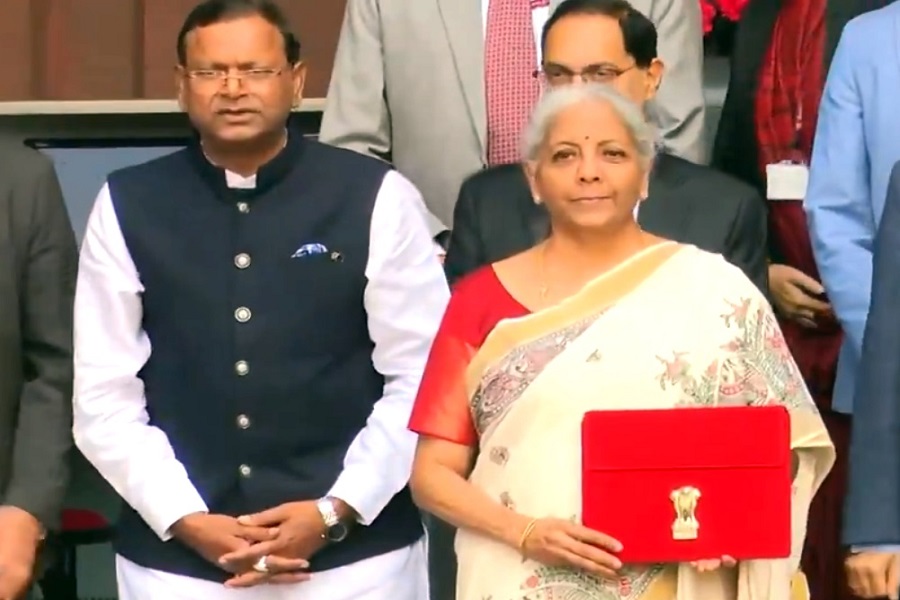The right time to stick to value investing by Sorbh Gupta, Quantum AMC

Below are Views On The right time to stick to value investing by Sorbh Gupta, Fund Manager- Equity, Quantum AMC
In our recent webinar Sorbh Gupta, Fund Manager of Quantum Long Term Equity Value Fund, shared his views on where the equity markets are headed and why value investing is still in vogue.
“Comparing with the economic data points before the Pandemic in Feb 2020, we see that the economy is moving ahead. If you look at steel production, fertilizer production, crude oil production, bank credit, two-wheelers and passenger car sales have all moved ahead of the pre-pandemic levels.”
“The equity market is not just driven by liquidity,” Sorbh says. “corporate profitability has also been robust. Sales and corporate profitability of listed companies in Corporate India are at the highest levels in the last several quarters.
“Over the last 6-7 years, we have seen that earnings growth is not moving in tandem with the rising markets, but for the first time since in June 2020, we have seen earnings upgrade for listed companies. Moreover, actual profits for 2021 have gone up or higher than expected. This is a good sign for a value investing because we bet on the earnings capability of the company rather than liquidity,” Sorbh adds.
Since 2016, we started seeing macro turbulences in the form of demonetization, implementation of GST, IL& FS crisis, and finally Covid - during these times, larger companies, which are represented by listed names, have gained market share. Larger companies have potential to survive due to the balance sheet size, management strength, whereas smaller companies are suffering,” Sorbh explains.
“From here, there could be two scenarios that could play out very similar to what happened immediately after the previous two economic down cycles in 2004-05 (after 9/11) & 2009-10 (after GFC). Between 2010-13, the growth rates did not sustain after the initial recovery fizzled. As a result, there was stagflation with low GDP growth and rising inflation. The second scenario that could play out is that as the economic recovery moves to the second phase, companies will invest in capacities, and there will be an extended recovery, the way it happened in 2005-2008.
We ascribe higher probability to a 2005-08 phenomena on the basis of, initial data points. Real estate volumes have picked up all over the country, driven by lower interest rates & higher affordability due to price cuts & stamp duty reduction. Real estate has a significant multiplier effect as it employs a lot of people. When you buy a house, you do a lot of spending. Similarly, strong performance by export companies will bring in dollars, growth, and employment opportunities,” Sorbh explains.
“Whether this is a good phase for value style?
If we look at the historical performance of value vs. growth globally, between 2000-2009, MSCI World Value Index did much better than MSCI World Growth Index. This is because the global economy was booming, and there were earning upgrades happening for corporates. In contrast, between the period 2010-2019, post-GFC, we saw 1-2 years of strong recovery. However, post that, there was no real growth and unemployment rose. Since a lot of liquidity was chasing few select stocks, the PE multiples became expensive and value style underperformed.
With a cyclical recovery in place, we believe that value will continue to outperform for the next few years.
However, there are risks to the recovery such as poor government policy, similar to the adhoc decision-making with respect to demonetization and sudden lockdown during the Pandemic. These kinds of policy missteps can delay the full economic recovery. Resurgence in Covid cases is another variable that we need to watch out for. A rise in inflation could result in a rise in interest rates sooner than later, which could restrict the economic recovery.
Structurally, India is more of a consumption demand story. Consumption explains 60% of the country’s GDP and it has been growing well over the last 10-12 years, especially in 2 wheelers, passenger vehicles, refrigerators, cement, etc. And if we compare our consumption versus some of the emerging peers like China or Indonesia, we are still far behind in terms of per capita consumption. We see structural tailwinds in these businesses which could lead to double-digit earnings growth for long periods.
If we look at the last 40 years in India, we have seen some of the toughest of times and good times. Despite all challenges, India has continued to grow at 6% p.a. CAGR. Our assumption is that India’s real GDP could rise by around 6% p.a for the foreseeable future.
With a stringent process, we take minimal risks to generate that kind of return for your long-term financial goals. We continue to have a disciplined research and investment process. We have a bottom-up approach to stock selection. From the addressable universe, we have a liquidity filter of close to $1 million which reduces our addressable universe to 597 stocks from close to 5000 stocks that are listed in the stock market. Next, we use the value and integrity screen and narrow it down to 230 stocks and from that, we pick a portfolio of 25-40 stocks.
Coming to concerns regarding valuations, if you compare, our portfolio trades at PE multiples which is below the long-term average and much lower than what the index is trading at with on par earnings potential. Our portfolio is tuned towards cyclical recovery. We have added some names over the last fall and over 2-3 years. The portfolio has some of the sector leaders in large banks, NBFCs, IT, and consumer discretionary. We have been doing a stress test on our portfolio every six months to ensure balance sheet strength to survive a downturn in case of a third wave,” he concluded.
To Read Complete Report & Disclaimer Click Here
Above views are of the author and not of the website kindly read disclaimer

















